Tattoo Trends: Tattoos for generations
Many things set us apart for generations, but what about tattoos?
29 May 2024
It is proven that tattoos have been part of the history of mankind, *there are even mummies beyond 5000 years BC who had them! But in recent centuries, tattoos have been considered part of the most marginal social groups, such as prison inmates, gang members or people slums and generally linked to crimes.
So far, the new generations have been able to change this completely. The tattoo culture has spread and today wearing tattoos can be something distinctive for each generation.
Learn more here.
Gen Z
Have you heard of them? Perhaps you have seen them on TikTok, on YouTube or on Insta reels, since they are the youngest.
There are debates about who exactly belongs to this generation, but we can say that those born between 1996 and the early 2000s are the so-called generation Z, or centennials.
This generation is considered a "hinge" among the others due to the fact that many were born in the analogue era, that is, they may have had the opportunity to listen to songs on cassettes or CDs when they were very young. However, the digital world quickly developed, and now it is not possible to think of them without the internet.
They are a generation linked to multitasking, very close to the technological world. And in terms of work, as much as possible they prefer to work in something they like.
In addition, they are probably the most aware of environmental problems and the climate change. They have also suffered several crises: economic, social, the Covid19 pandemic… Everything!
For this generation, many of the old standards are not a concern or at least intended to dismantle them. And this includes the acceptance of bodies without the need to be tied to old prejudices.
Although there are still those who consider tattoos as something less than decent or presentable, young people seem not to care too much about it.
Tattoos seem to be for them more a form of expression of their identity and their aesthetic likings. There is a trend towards "clean" or minimalist that we could identify in designs that are repeated as you can see below.
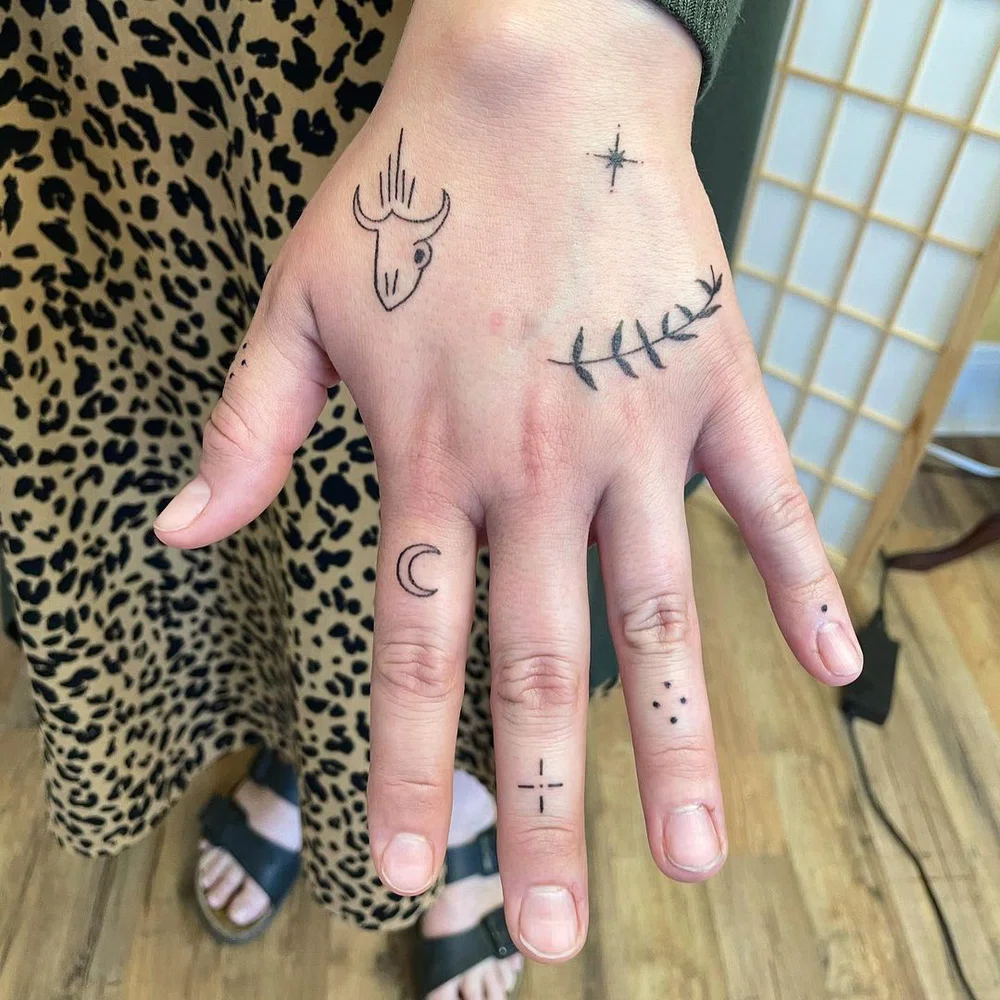
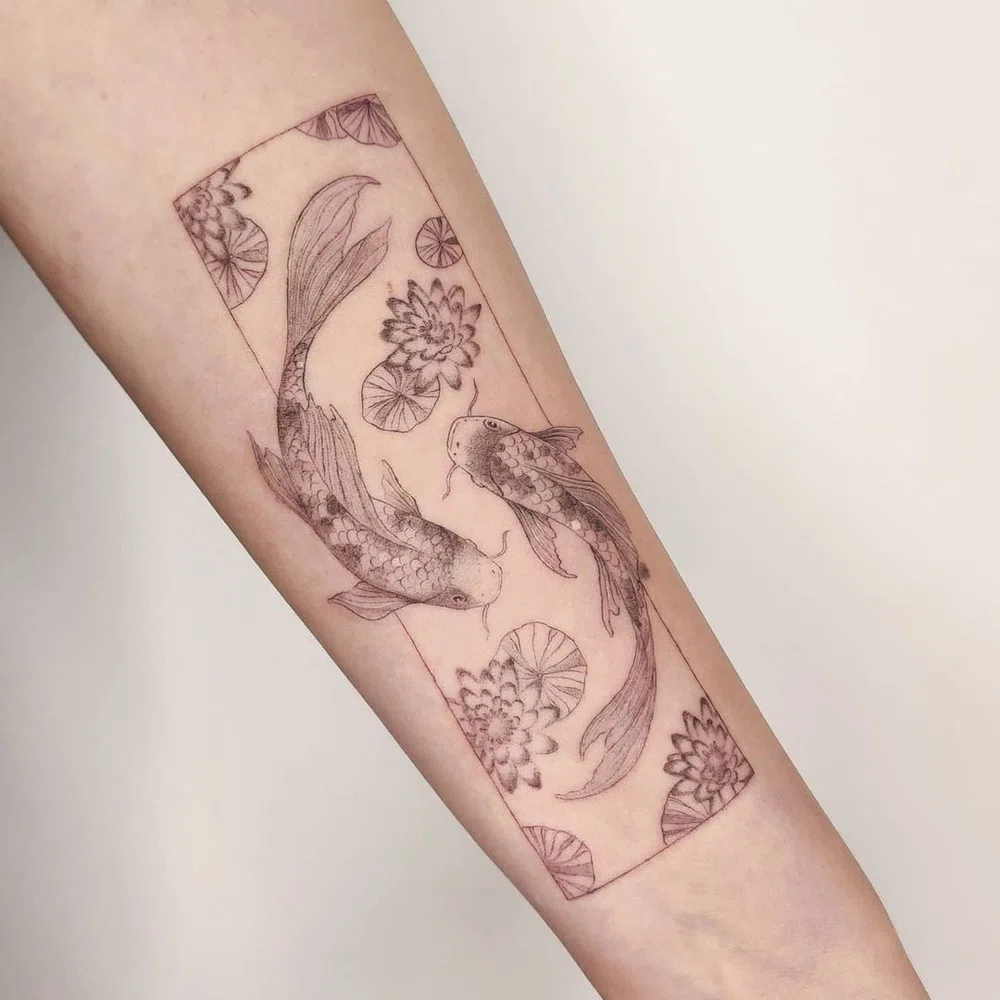
But it seems that they also go one step further in exotic tattoos… When millennials made tattooing the inner part of the lip fashionable, Centennials decided to double down, now they tattoo their palate! Yes, strange as it may seem, this is a fashion worn by many of the youngest.
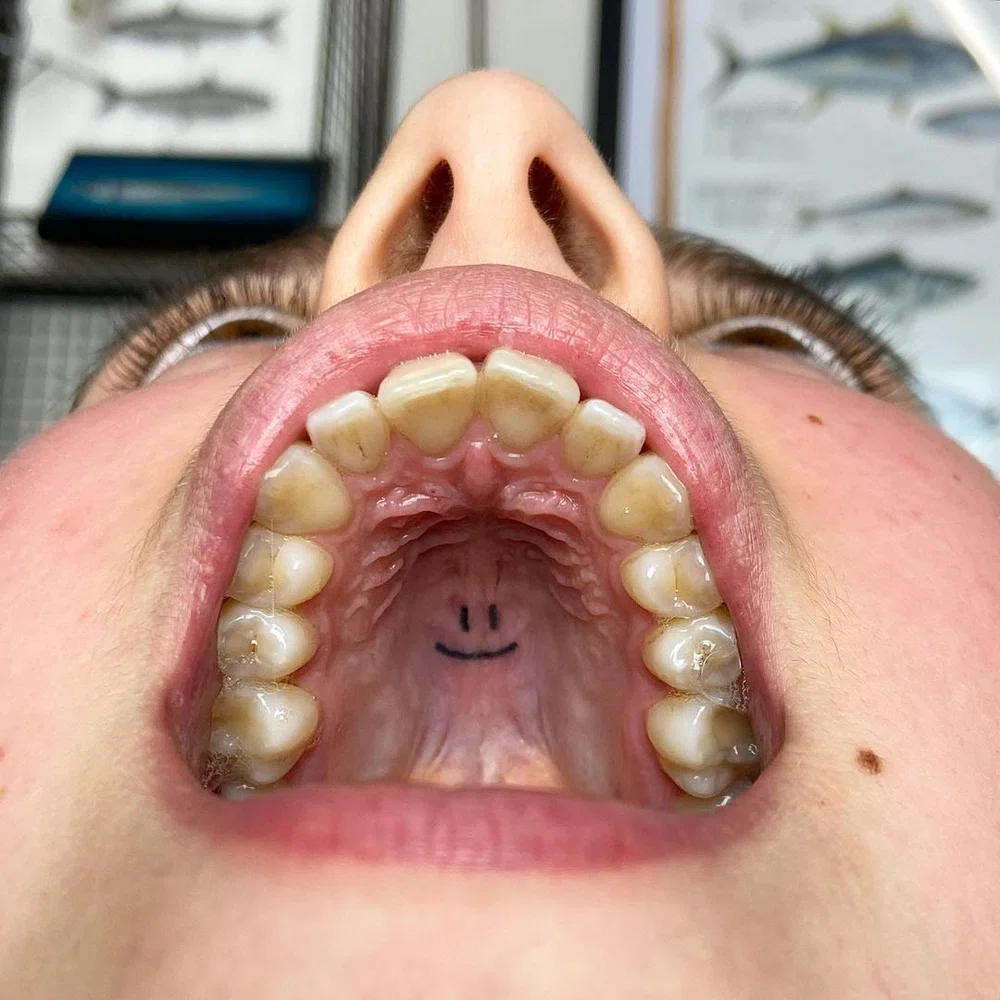
Not everything is “aesthetic”... Many young people have recently decided to tattoo a "Z" on behalf of their generation and as a search to find a unifying community symbol.
But the design that became popular among them actually had another less friendly origin: a confusion with the swastika.
This went viral when the tiktoker @smoothavocado He decided to share his idea of wearing the same design as the letter Z and the response he got is that it accidentally coincided with the swastika. Cancellations were about to come.
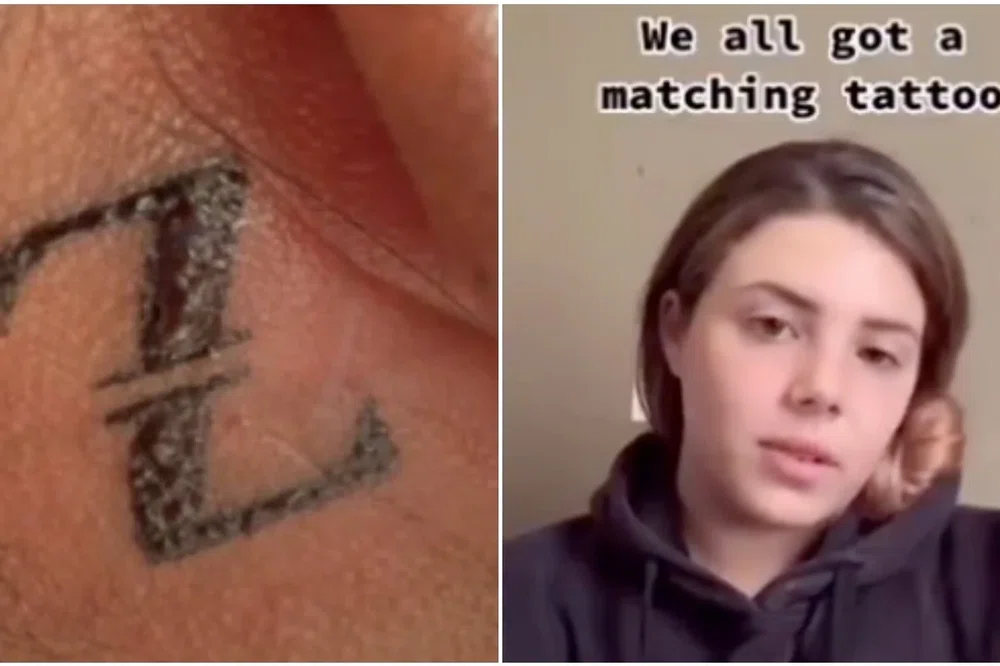
In short, it seems that this generation is still in full exploration of the designs on their skins and body parts.
What do millennials get tattooed?
To begin with, Millennials are considered those who were born between 1981 and 1995.
Although they also grew up in the technological world, they have been able to experience life without the Internet on a massive scale, perhaps for a longer time, or with a few years difference from Centennials. Their tastes may vary, but they have a feeling to nostalgia for the 90s: their series, cartoons, their music, etc.
Likewise, they share many similarities between generation Z, such as their influence and great use of social networks or their conception of work, life and ties, and they are not so far apart in age except for the oldest Millennials.
Tattoos in this generation vary a little more, but they have become the generation that considered tattoos on young people as an identity trait and as a part of fashion and trends.
Although their expansion has taken place before them, Millennials were born with freedom that the previous generations did not enjoy or where perhaps prejudices began to be less entrenched.
They are responsible for many of the trends we see today and they have put their bodies to the experimentation of new styles. Of course, they are the turning point in tattoos among young people.
Millennials are also considered to be a consumerist generation and somewhat a rebellious generation. Thus, their use of tattoos is also considered as a way of transgressing the rules of square life and as an expression of cultural consumption.
Tattooing for this generation is a way to reinforce their identity, perhaps not so much for the world as for themselves.
However, there are also trends to tattoo a particular style or several, as it often happens when there is a boom in fashion. It is very common to see tattoos with the watercolour technique, for example, since it is something that has expanded for a few years and Millennials at that time were already old enough to get inked.
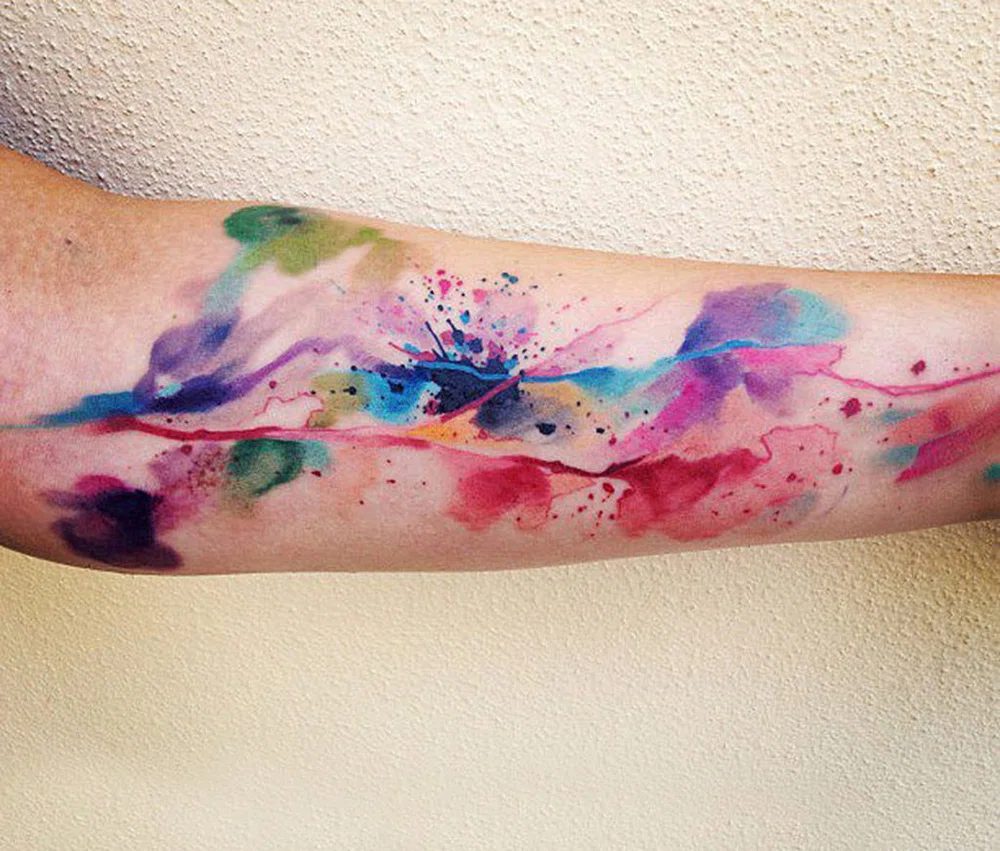
As part of a review of the last decade of the last century, many millennials also decide to defend the cartoons of their childhood, and they wear them on their skin in very innovative ways. For this reason, there are those who call this generation with the Peter Pan syndrome.
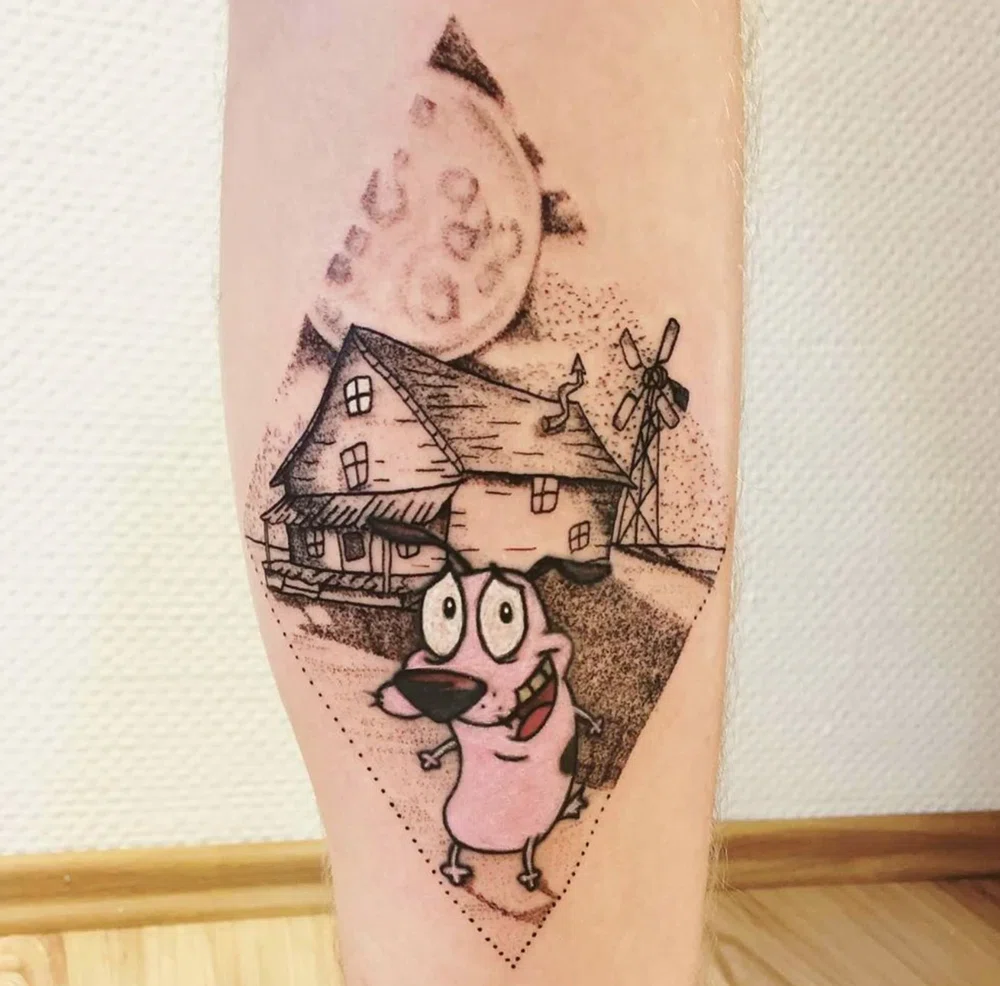
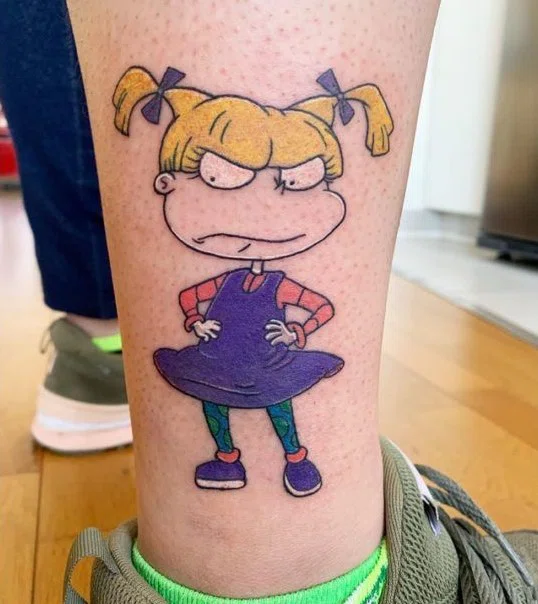
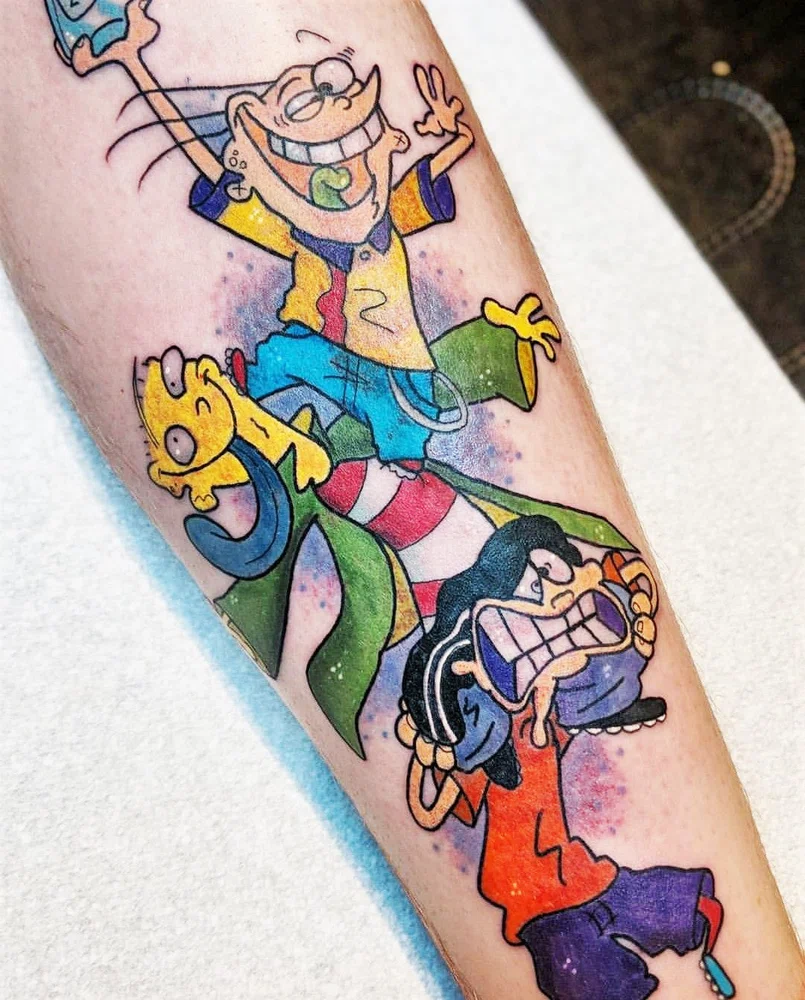
In addition, they are also the promoters of making different techniques or designs fashionable, such as micro tattoos or geometric tattoos.
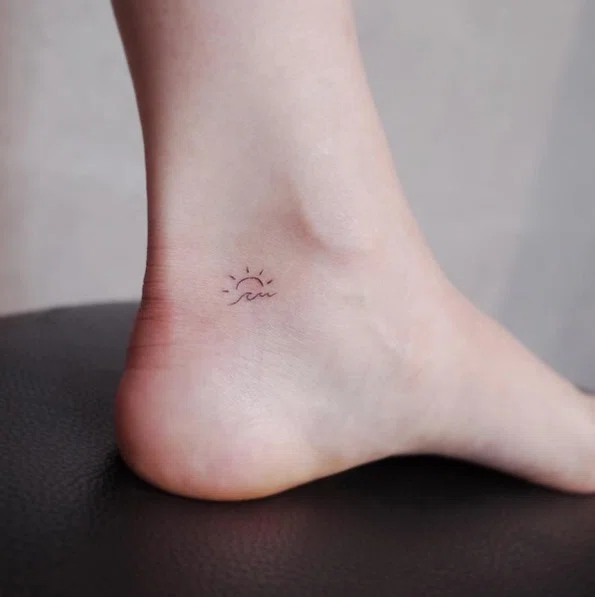
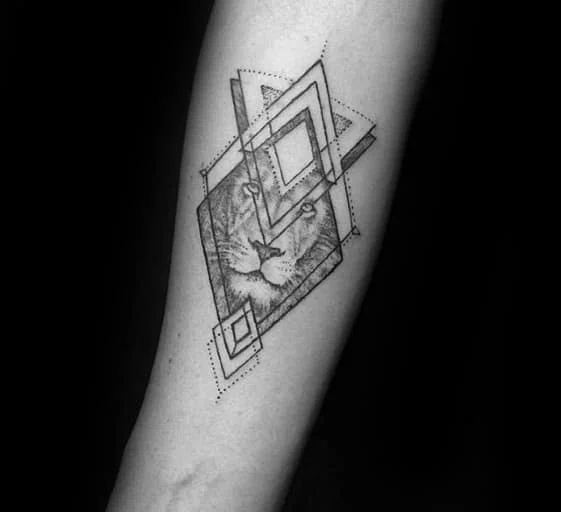
This generation has been truly important and significant for the tattoo world.
Ok, boomer...
Their turn, the most criticized by young people. People between the ages of 45 and 59 are considered to be from this generation. They are also known as "Baby Boomers" because of the boom in births that occurred between 1957 and 1977.
It is said that they have values of the last century, putting family and work first. They are singled out by the younger generations for being “old-fashioned” and they are usually the ones who tell them how to do things, but in an old-fashioned way in a global world that is no longer their thing…
The phrase "Ok, Boomer” began to be used by Millennials and Centennials to refer to this older generation that sometimes tends to speak negatively, disqualifying the struggles that the youngest are promoting, such as gender identities or the climate change.
They are generally more conservative than later generations, but they retain some youth in their identities, since they have also subverted some norms at some point.
As you can imagine, they are not the most tattooed and if they are, it is not in very visible places.
It is characteristic of this generation to wear tribal tattoos in the lower area of the waist or on the arms, since it was the rage for the 20 or 30-year-olds in the second half of the XX Century.
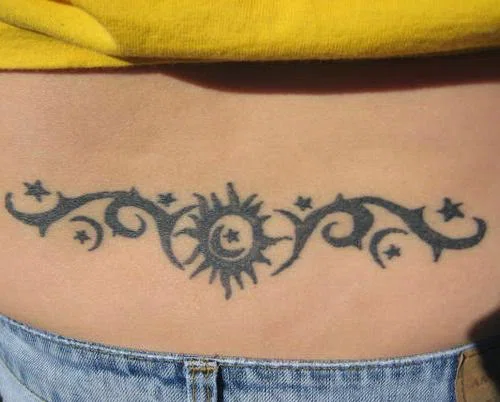

It is also very common to find smaller tattoos in other areas, tattoos that represent some philosophical idea of life or reference to a family member.
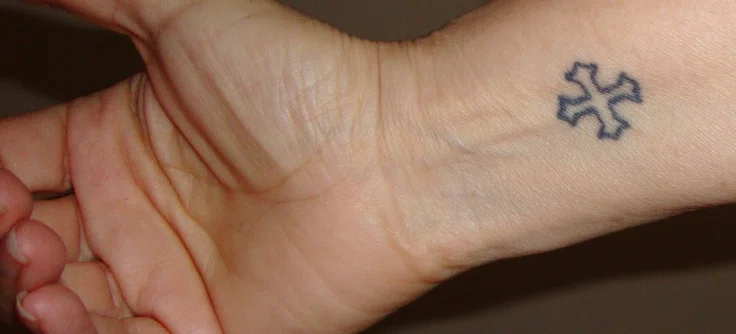
Conclusion
Depending on the generations, we can see a radical change in aesthetic decisions and even in the ways of seeing the world and connecting with oneself and with others.
Tattoos have taken on very different meanings and trends have gradually modified what young people have been promoting in the different decades.
From being frowned upon, poorly marked and considered as an alteration to the common and normal order, tattoos became part of an identification of people with themselves and with the world.
Nowadays, they seem another way of highlighting who we are in front of the world or also a way of adorning the body following trends rather than a decision solely out of rebellion. Tattoos follow the trends of social networks and also the personal tastes and cultural consumption.
What do you think of these tattoos? Do you agree with these trends?
If you want to improve your skills and create tattoos for all generations, we invite you to discover our professional training courses. With the guidance of experts, you will learn the techniques necessary to tattoo the style that interests you the most.